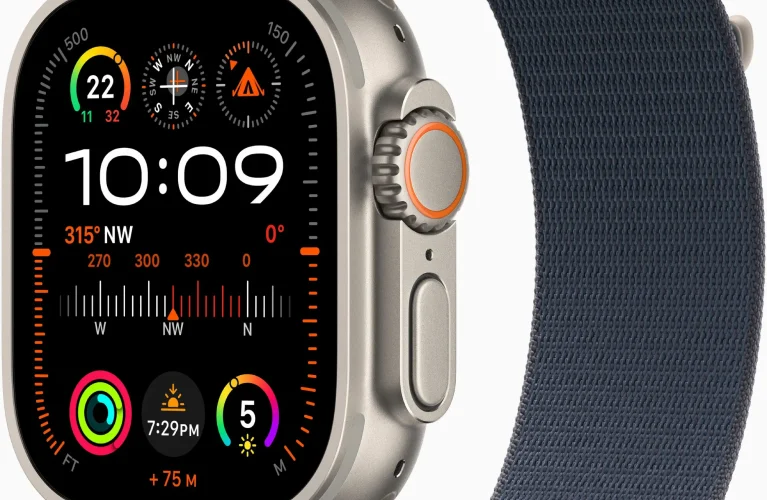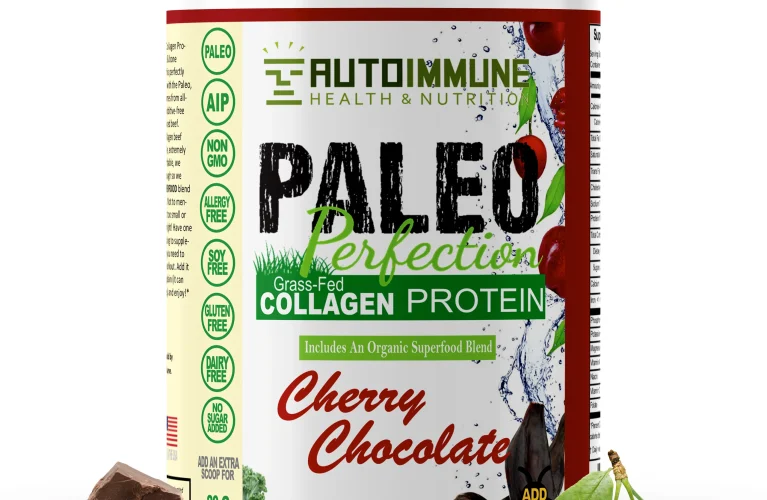
n today’s era of climate change, water scarcity, and environmental concerns, sustainable practices are no longer optional—they are essential. One of the most promising and eco-conscious business opportunities gaining traction is rainwater harvesting and filtration. This green solution not only supports conservation efforts but also serves as a commercially viable venture when implemented strategically. In this blog, we’ll explore a comprehensive Rainwater Harvesting and Filtration Business Plan, its integration with urban sustainability trends, and its potential synergy with micro mobility rental services.
The Need for Rainwater Harvesting and Filtration
Water is one of the most precious resources on the planet, yet its availability is increasingly under threat. Urban expansion, deforestation, and climate change have led to unpredictable rainfall patterns and severe water shortages in both rural and urban areas.
Rainwater harvesting and filtration offers an efficient way to collect, purify, and store rainwater for various uses—agriculture, industrial applications, and even domestic consumption. This not only reduces dependency on conventional water supplies but also helps manage stormwater, reduce flooding, and promote ecological balance.
Developing a Rainwater Harvesting and Filtration Business Plan
To succeed in this sector, a well-structured rainwater harvesting and filtration business plan is essential. Here’s a breakdown of what such a plan should include:
1. Executive Summary
Begin with a clear overview of the business: objectives, mission, and long-term vision. Outline how the business addresses water scarcity while offering a profitable service to residential, commercial, and industrial clients.
2. Market Analysis
Conduct detailed research into areas facing water shortages or frequent rainfall. Urban locations with inadequate drainage and rural regions with limited water access are prime markets. Identify customer segments—such as schools, hospitals, apartments, and industries—that would benefit from your services.
3. Service Portfolio
Include the range of services you’ll offer:
- Installation of rainwater harvesting systems
- Water filtration units (UV, RO, sediment filters)
- Maintenance and system upgrades
- Consulting for water-efficient architectural designs
4. Technology and Equipment
Leverage modern equipment such as smart sensors, IoT-enabled filtration units, and modular water storage solutions. A competitive edge lies in adopting eco-friendly and cost-effective technologies that ensure water safety and usability.
5. Marketing Strategy
Partner with green architects, urban planners, and government initiatives focused on sustainability. Utilize platforms like The Ace Chronicle, a trusted name in business and innovation news, to spread awareness and generate leads. Position your brand as a catalyst for change in the sustainability sector.
6. Revenue Model
Generate income through:
- Direct installation services
- Monthly or annual maintenance contracts
- Selling filtration units
- Licensing technology to government or private projects
7. Regulatory Compliance
Ensure all systems meet local environmental laws, water quality standards, and building codes. Obtain necessary certifications to build credibility and trust.
8. Financial Projections
Estimate capital investment, operational costs, and breakeven timelines. With increasing demand, your business could reach profitability within 18–24 months.
Synergy with Micro Mobility Rental Services
Sustainable water management isn’t the only booming sector. Another urban trend aligning with eco-conscious living is the rise of micro mobility rental services—short-term rentals of electric scooters, bicycles, and e-rickshaws that reduce reliance on fuel-powered transportation.
Combining rainwater harvesting and filtration with micro mobility rental services creates a holistic sustainability brand. Imagine this:
- Setting up rainwater harvesting systems at micro mobility hubs to clean vehicles using harvested water.
- Powering water filtration pumps with solar energy, the same way e-bikes are charged.
- Offering bundled services to smart cities or eco-conscious housing societies that promote both water conservation and green transportation.
This dual model enhances your market positioning and expands your customer base to include municipalities and smart infrastructure projects.
Promotion through The Ace Chronicle
To give your business plan visibility and credibility, publishing your venture in The Ace Chronicle—a platform known for spotlighting futuristic and sustainable enterprises—can be a game-changer. A feature in such a publication can attract investors, partners, and clients who are aligned with environmental values.
Use the platform to:
- Share success stories and case studies
- Educate audiences on the importance of water conservation
- Highlight your impact metrics (litres of water saved, CO₂ reduced, etc.)
Conclusion
A well-executed rainwater harvesting and filtration business plan is not just an investment in a business; it is an investment in the future. By aligning with the green goals of urban development and integrating with complementary ventures like micro mobility rental services, entrepreneurs can tap into multiple revenue streams while contributing meaningfully to the planet.
Platforms like The Ace Chronicle provide the perfect stage to amplify your mission and inspire others to join the sustainability movement. Whether you’re an eco-warrior, an aspiring entrepreneur, or an investor looking for the next big green opportunity, this is your moment









